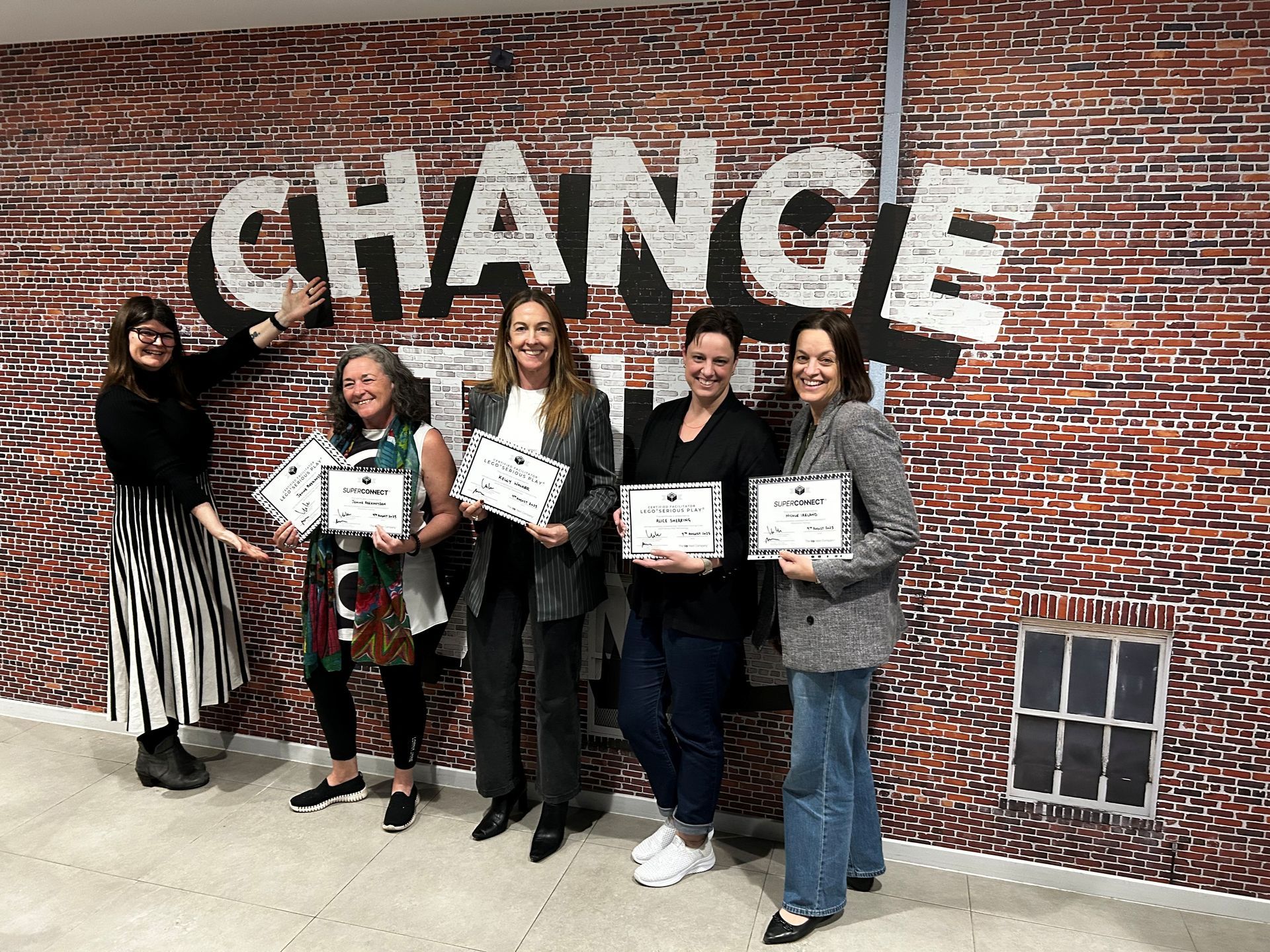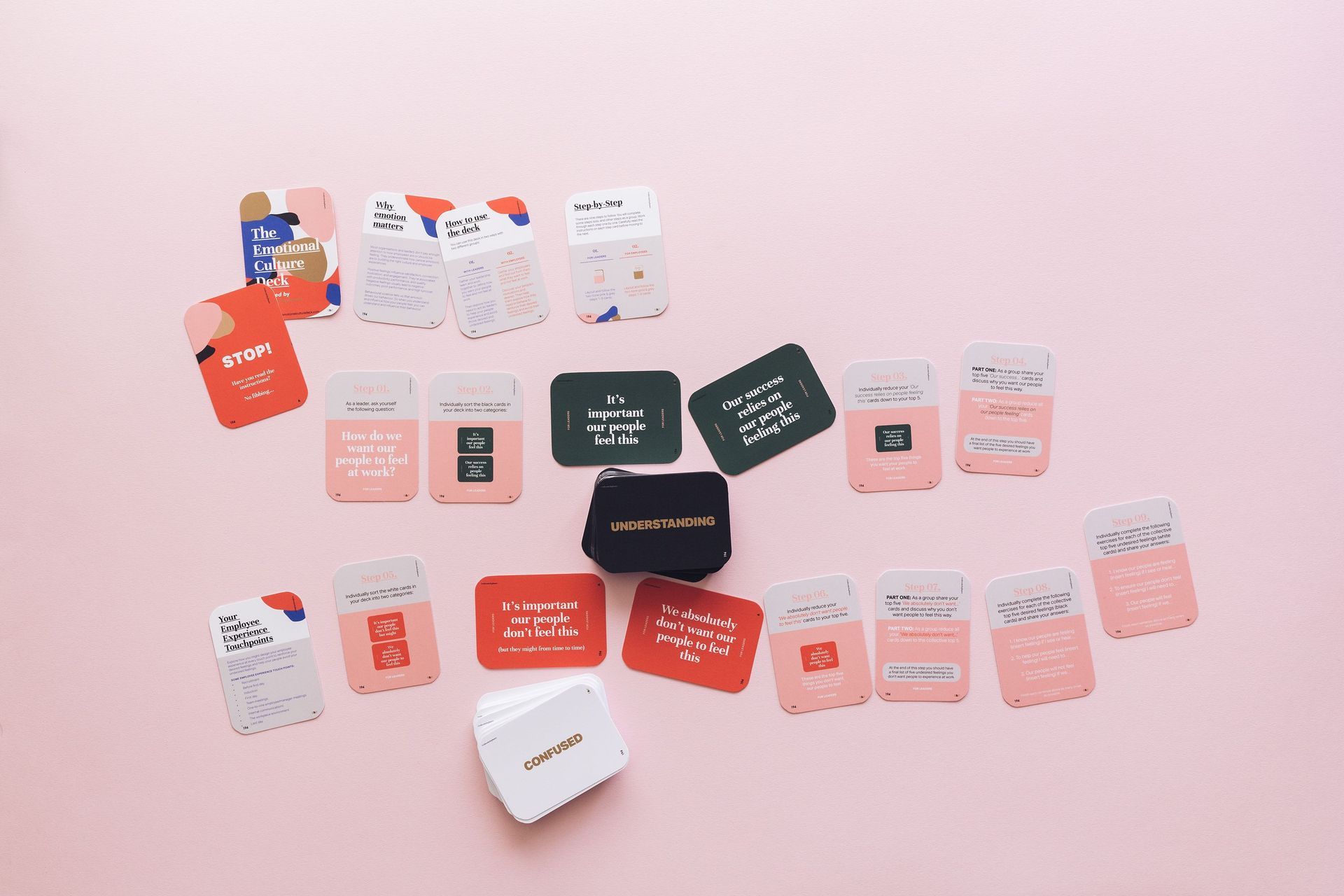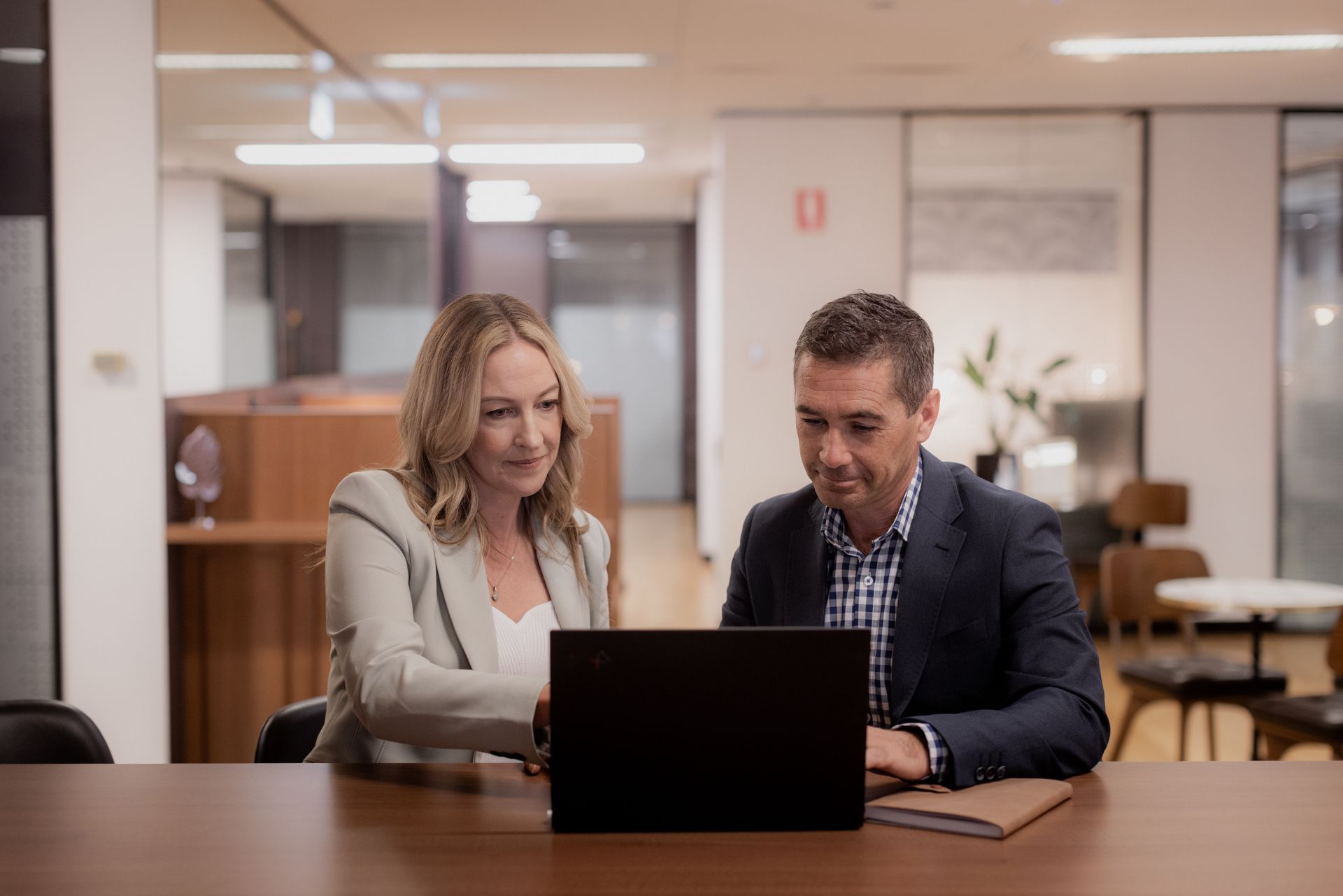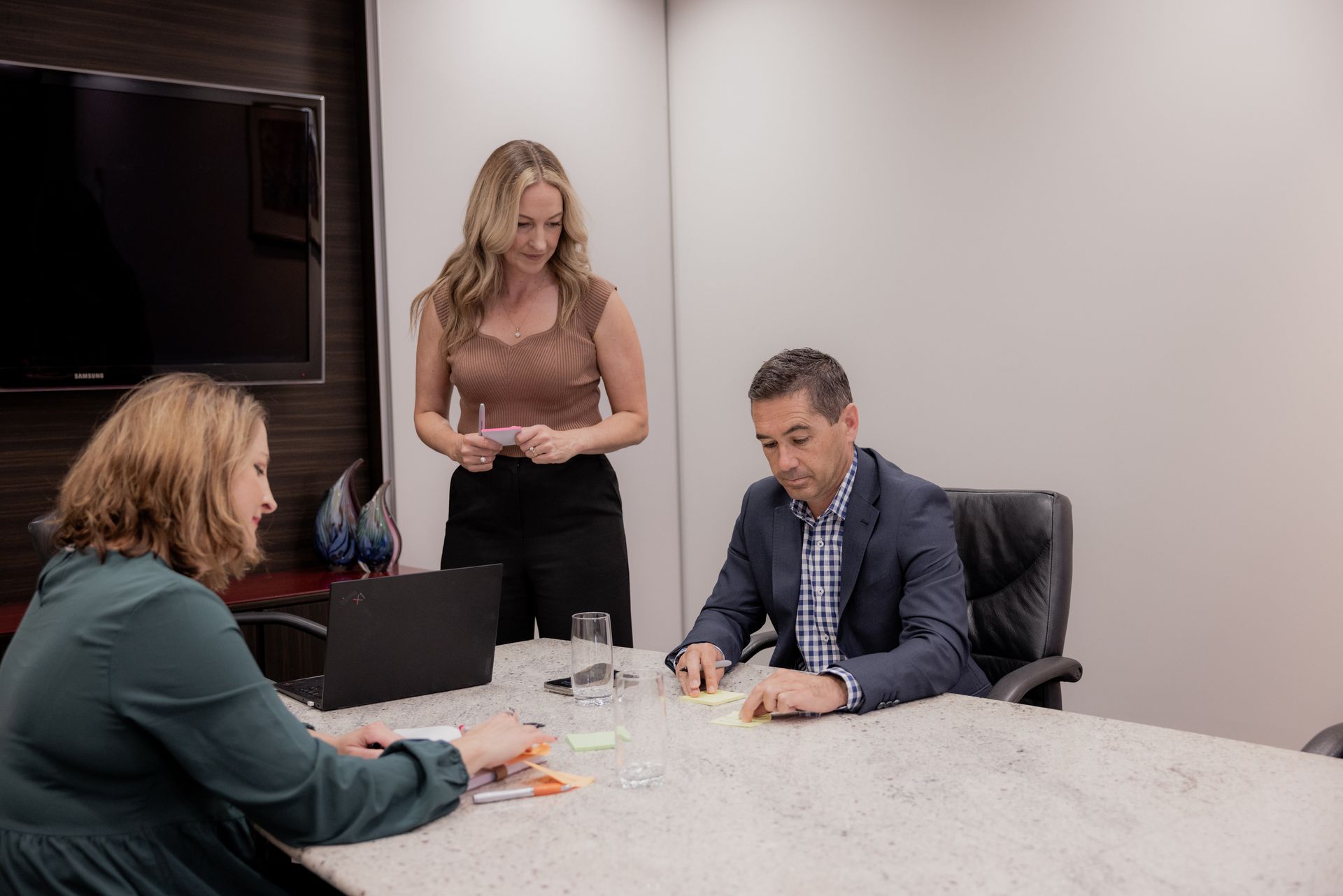Beyond Bricks: Why LEGO® Serious Play® Belongs in Leadership and Team Development
In a world where leadership and team development programs often rely on PowerPoint slides and long discussions, it’s easy for sessions to feel like just another meeting. But what if there was a way to unlock deeper thinking, spark real connection, and make ideas visible — all while having fun?
Enter LEGO® Serious Play® (LSP) — a research-backed facilitation method that uses LEGO bricks to engage hands, minds, and hearts. It might sound playful (and yes, it is), but it’s far from child’s play. LSP is grounded in neuroscience and the theory of hand knowledge: when we build with our hands, we tap into different parts of the brain, unlocking creativity and insight that often stay hidden in traditional discussions.
How Does It Work?
Instead of asking participants to talk through a challenge or strategy, LSP invites them to build their thinking using LEGO bricks. Each person constructs a 3D model representing their ideas, experiences, or solutions, then shares the meaning behind what they’ve built. This approach ensures every voice is heard, not just the loudest in the room.
The process fosters psychological safety, encourages inclusive participation, and helps teams uncover assumptions that shape behaviour. The models act as shared metaphors — powerful tools for building alignment, creating clarity, and solving complex problems.
Why It Works
LSP is effective because it blends creativity with structure. It’s based on the principles of constructivism (we learn best by making) and constructionism (making things externalises our thinking). It helps people move beyond habitual ways of seeing challenges, leading to:
- Deeper engagement — everyone participates, no one hides behind a laptop
- Inclusive conversations — every perspective matters and is represented
- Connection and trust — sharing stories through models builds empathy and understanding
- Breakthrough thinking — visualising problems and possibilities opens up new solutions
Where Can It Be Used?
LSP can be applied in leadership development, team culture workshops, strategic planning, change management, and even personal purpose work. It’s particularly powerful for:
- Aligning teams on values, vision, and strategy
- Building emotional culture maps and team norms
- Exploring leadership identity and purpose
- Navigating complex challenges where there’s no clear answer
What This Means for Prospera Consulting’s Clients
At Prospera Consulting, we’re committed to helping leaders and teams thrive through heart-centred, sustainable ways of working. We use a variety of proven methods — from coaching to creative facilitation — to spark insight, build connection and generate breakthroughs.
One of these methods is LEGO® Serious Play®, because it brings those values to life. It’s inclusive, engaging and transformative, helping teams not only find answers but connect on a deeper level.
When people feel safe to share, think differently, and co-create solutions, they experience what we believe leadership and teamwork should be about:
collaboration, creativity and human connection.











